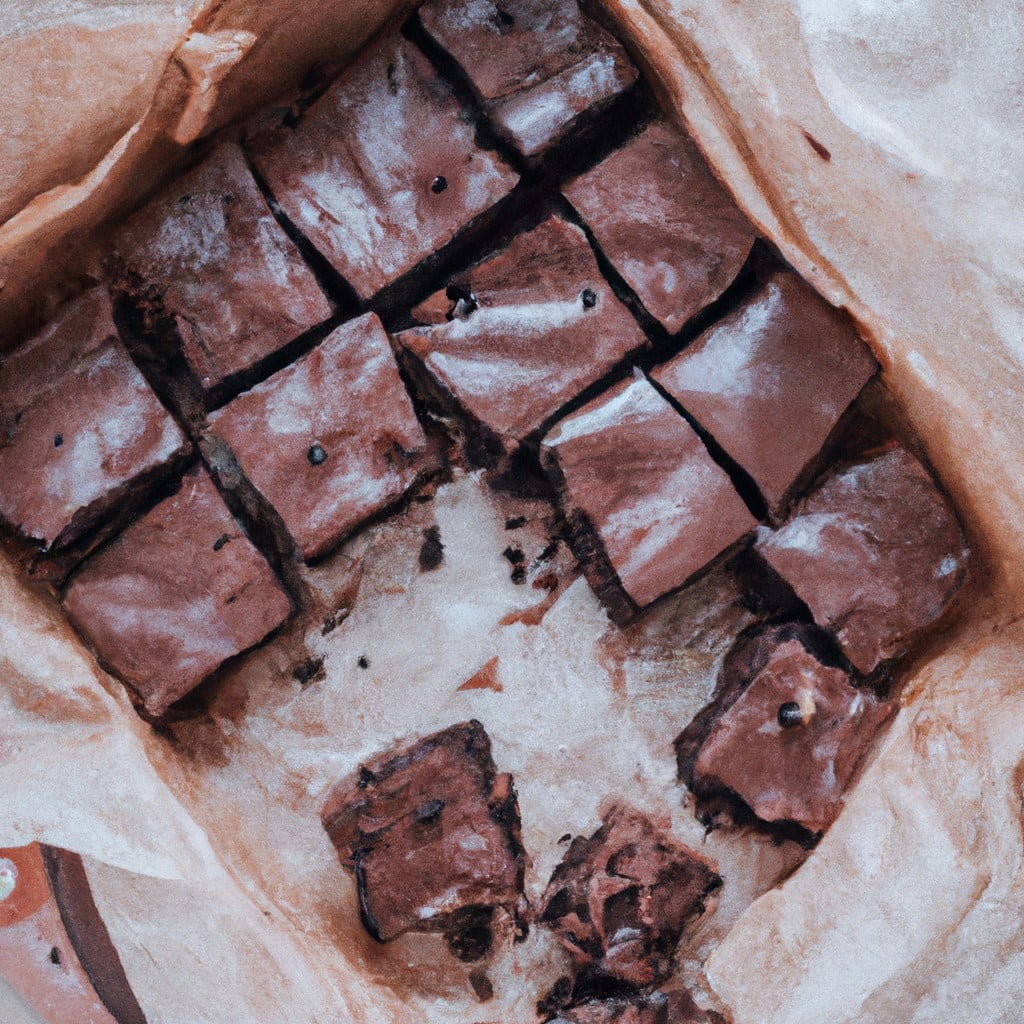Learn the step-by-step process of making delicious homemade chocolate with simple ingredients and tools.
Key takeaways:
- Quality ingredients: choose cocoa, sweetener, fat, and flavorings carefully.
- Melt chocolate and sweetener in a double boiler, stir occasionally.
- Pour mixture into molds, tap gently to remove air bubbles.
- Refrigerate for at least two hours to set the chocolate.
- Mindful indulgence: be aware of nutrition and enjoy in moderation.
Inside
Ingredients

Selecting quality cocoa beans or cocoa powder is essential for rich, authentic flavor. Dark chocolate typically requires cocoa content of 70% or higher. For milk chocolate, a 30-50% cocoa ratio suffices, and it’s blended with milk powder or condensed milk.
Choose a sweetener that complements the bitterness of the cocoa. Granulated sugar, powdered sugar, or a liquid sweetener like honey or maple syrup are common options. For a sugar-free alternative, stevia or erythritol can be used.
Fat is crucial for texture and mouthfeel. Cocoa butter is traditional and imparts a smooth, melting quality. Coconut oil is a popular vegan substitute, though it may alter the taste profile.
Vanilla extract or vanilla bean paste add depth and counterbalance the cocoa’s intensity. For enhanced flavor, spices like cinnamon or a pinch of sea salt can be incorporated.
Emulsifiers such as soy lecithin can be added to improve texture and longevity, though they’re not essential for simple recipes.
When opting for mix-ins like nuts, dried fruits, or essences, select complementary flavors that will not overpower the chocolate.
Instructions
Begin by finely chopping the chocolate into small pieces for uniform melting. Set up a double boiler by filling a saucepan with an inch of water and placing a heatproof bowl on top, ensuring the bottom of the bowl doesn’t touch the water. Heat the water to a gentle simmer.
Place the chocolate pieces into the bowl and let them melt, stirring occasionally with a silicone spatula for even melting and to prevent the chocolate from burning. As the chocolate melts, add your preferred sweetener, such as sugar or a sugar substitute, and combine it well with the melted chocolate.
Once the chocolate has melted and the sweetener is fully incorporated, remove the bowl from heat. If desired, stir in any additional ingredients such as vanilla extract for flavor or milk powder for a creamier texture.
Next, pour the melted chocolate mixture into molds. Silicone molds work best for easy removal. Tap the molds gently on the counter to remove air bubbles and to ensure the mixture settles evenly.
Refrigerate the chocolate-filled molds for at least two hours or until completely set. This will help the chocolate to harden properly and take on the shape of the molds.
After the chocolate has set, gently pop the chocolates out of the molds. Serve immediately or store in an airtight container in a cool, dry place to prevent melting and to preserve the texture and flavor.
Recipe Card
A recipe card serves as a quick reference guide, summarizing the essential components and steps of homemade chocolate making. It typically includes:
- A concise list of all required ingredients, including types of chocolate, sweeteners, and any flavorings or additions.
- Exact measurements for each ingredient to ensure balanced taste and texture.
- Step-by-step instructions that detail the process from mixing ingredients to setting the chocolate.
- Suggested cooking times and temperatures for melting chocolate and setting the final product.
It’s designed to be easily printable, often fitting on a single page, which allows chocolate enthusiasts to keep it on hand in the kitchen for convenience. This at-a-glance format is particularly useful for those who become familiar with the process and no longer need in-depth guidance.
Nutrition Per Serving
When indulging in homemade chocolate, it’s helpful to be mindful of its nutritional values. A typical serving, which is around one ounce (28 grams) of dark homemade chocolate, contains roughly 170 calories, 12 grams of fat, and 2 grams of protein. This serving size also provides essential minerals such as iron, magnesium, and zinc, thanks to the primary ingredient, cocoa.
It’s important to note that the inclusion of additional elements like nuts, dried fruits, or flavorings can alter the nutritional profile. For instance, adding almonds will increase the fiber and protein content, while incorporating a swirl of caramel or marshmallows will raise the sugar and calorie counts.
Using a higher percentage of cocoa in your homemade chocolate not only enriches the flavor but also boosts the antioxidants known as flavonoids, which have potential health benefits like improving heart health and reducing inflammation.
Lastly, moderation is key since even homemade chocolate is dense in calories and fat. Enjoying it as part of a balanced diet allows for a guilt-free experience while reaping the possible health gains of cocoa.
Related
- Chocolate Bar Recipe: Step-by-Step Instructions for Homemade Delight
- Chocolate Mold Recipe: Craft Mouthwatering Treats at Home
- Chocolate Ice Cream: How to Make Your Own Creamy Delight at Home
- Hot Chocolate Recipe: Easy Steps to a Delicious Homemade Beverage
- 1 Cup of Chocolate Chips in Grams: Exact Measurement Conversion